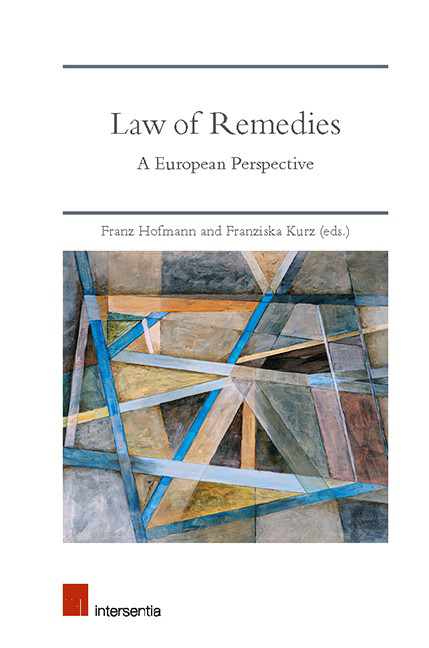Book contents
- Frontmatter
- Contents
- List of Cases
- List of Authors
- PART I THE ISSUE OF REMEDIES
- PART II MECHANISMS OF ENFORCEMENT
- Private Enforcement versus Public Enforcement
- Criminal Enforcement
- PART III FUNCTIONS OF REMEDIES
- PART IV UNDERLYING PRINCIPLES
- PART V REMEDIES IN CONTRACT LAW AND INTELLECTUAL PROPERTY
- Index
- About the Editors
Private Enforcement versus Public Enforcement
from PART II - MECHANISMS OF ENFORCEMENT
Published online by Cambridge University Press: 09 November 2019
- Frontmatter
- Contents
- List of Cases
- List of Authors
- PART I THE ISSUE OF REMEDIES
- PART II MECHANISMS OF ENFORCEMENT
- Private Enforcement versus Public Enforcement
- Criminal Enforcement
- PART III FUNCTIONS OF REMEDIES
- PART IV UNDERLYING PRINCIPLES
- PART V REMEDIES IN CONTRACT LAW AND INTELLECTUAL PROPERTY
- Index
- About the Editors
Summary
INTRODUCTION
There is a shared vision of public enforcement: a government agency investigates suspicious activities. It requests information, interviews persons, inspects firms. If the agency finds a breach of the law, it brings a case before a court or it may directly require that the infringement be ceased or even impose a fine on the infringer. In contrast, private enforcement appears to be less clearly defined. The gist of the concept is that a private individual can bring an action against an infringer to force them to end an illegal activity or to compensate a loss caused by an infringement. Thus, plaintiff s not only protect their own interests but also serve en passant the general interest in effective and efficient enforcement of the law. Consequently, where private individuals are in a position to file suit against a public authority to force it to take enforcement measures, this can be conceived as a hybrid that involves both private initiative and public capacity to enforce the law.
To see clearly that there can be a regulatory choice between private and public enforcement, it is useful to take the type of rule as a point of departure that might be described as ‘incomplete’ since it only imposes obligations on a certain individual, but – if considered in isolation – does not foresee legal consequences in case of breach. Examples may include rules such as:
– ‘A business must not engage in misleading commercial practices.’
– ‘An undertaking must not form a cartel.’
– ‘An issuer that offers a security to the public must previously publish a prospectus.’
– ‘Manufacturers of cars must not use defeat devices that reduce the effectiveness of emission control systems.’
Such obligations can either be supplemented by a set of rules that establish a competent authority and define its investigating and sanctioning powers, or they may be complemented by rights and remedies which are allocated to individuals, typically (but not necessarily) to those individuals who are (potentially) negatively affected by an infringement. Considering the aforementioned examples, such private rights of action can be conferred upon competitors, suppliers, consumers, or investors. Certainly, any kind of mixture or combination of the two enforcement strategies is conceivable as well.
- Type
- Chapter
- Information
- Law of RemediesA European Perspective, pp. 107 - 132Publisher: IntersentiaPrint publication year: 2019
- 1
- Cited by



